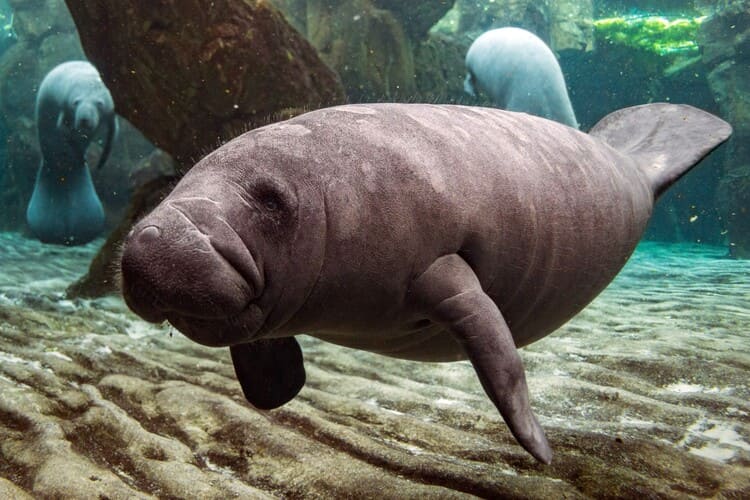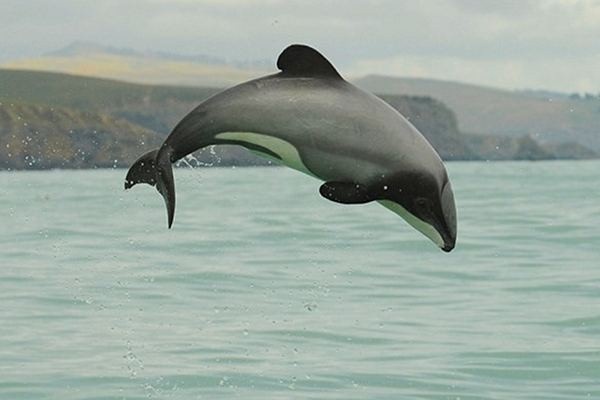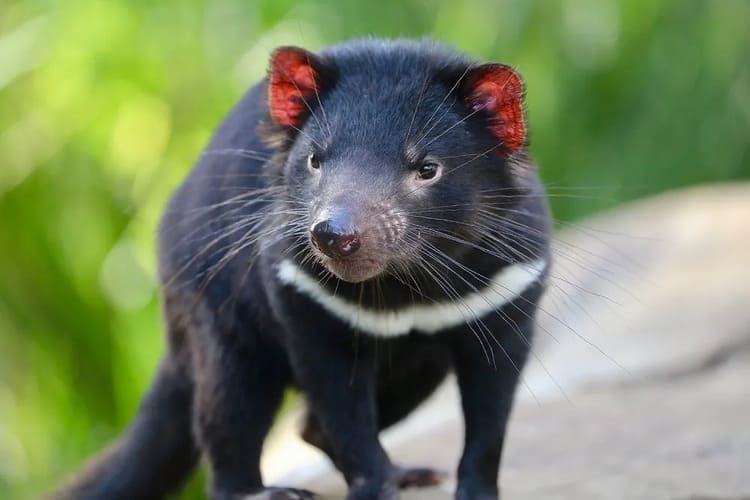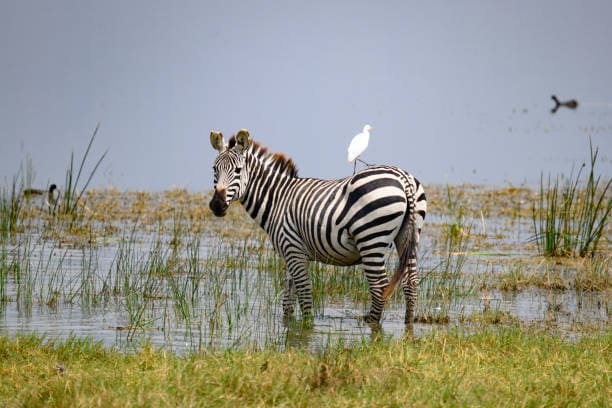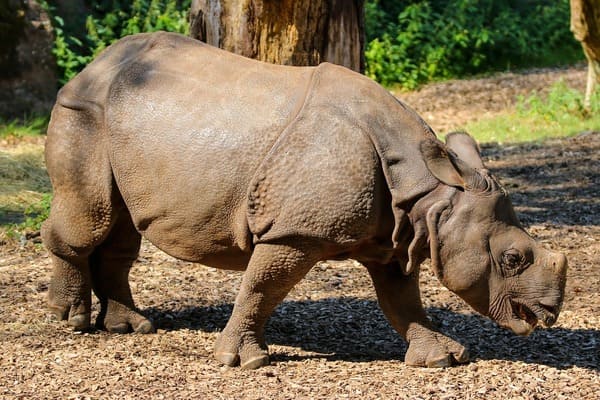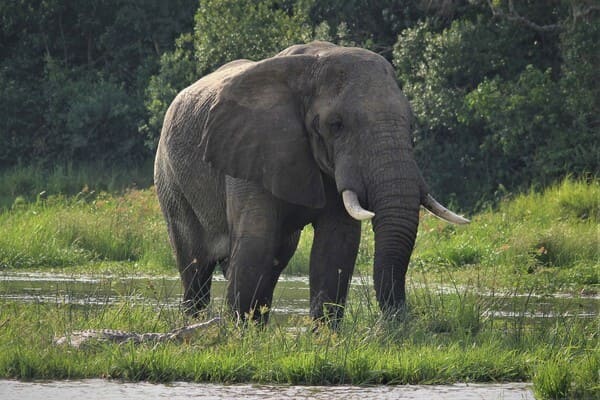Cynocephalus variegatus
IUCN
LCBasic Information
Scientific classification
- name:Cynocephalus variegatus
- Scientific Name:Cynocephalus variegatus,Malayan flying lemur
- Outline:Mammal
- Family:Dermatoptera Cymbiidae Cymbiidae
Vital signs
- length:34-42cm
- Weight:about1kg
- lifetime:No textual research information is available
Feature
The body hair is dark grayish brown with white spots for long distance gliding
Distribution and Habitat
Found in rainforests throughout Southeast Asia. They live alone or in small, loose groups, and they spend their time high in the thick branches of the canopy or in tree holes.
Appearance
The colugo is 34-42 cm long, 22-27 cm long and weighs about 1 kg. Body hair is dark grayish-brown with white spots.
The wide skin of the coat extends from the neck behind the ear to the side of the body, connecting the limbs to the tail end. This membrane is completely different from the wing membrane of a bat. It can glide long distances, but it cannot fly with wings. Glide distances of up to 100 meters. Eat leaves and fruits. Suitable for its plant diet, the intestine is up to 4 meters long, almost 10 times its body length; The cecum is about 0.5 meters long and contains a large number of microorganisms that help ferment and break down cellulose in food. During the day, it hides in a hole in a tree or hangs upside down on a branch to sleep, and is active at night. It is distributed from southern Indochina Peninsula to the greater Sunda Islands.
Details
Malayan flying lemur (Cynocephalus variegatus) is a member of the Cynocephalus family.
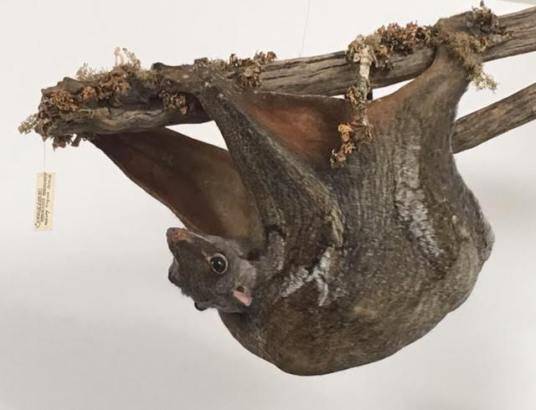
The colugo rests upside down in tree holes or branches during the day, and comes out at night. It is good at climbing and gliding. Main food, flowers, buds, bamboo shoots, young leaves, fruit, nectar, SAP.
After a gestation period of about 60 days, the colugo gives birth to a single offspring. Weaning occurs at 6 months of age.
Protect wild animals and eliminate wild meat.
Maintaining ecological balance is everyone's responsibility!


